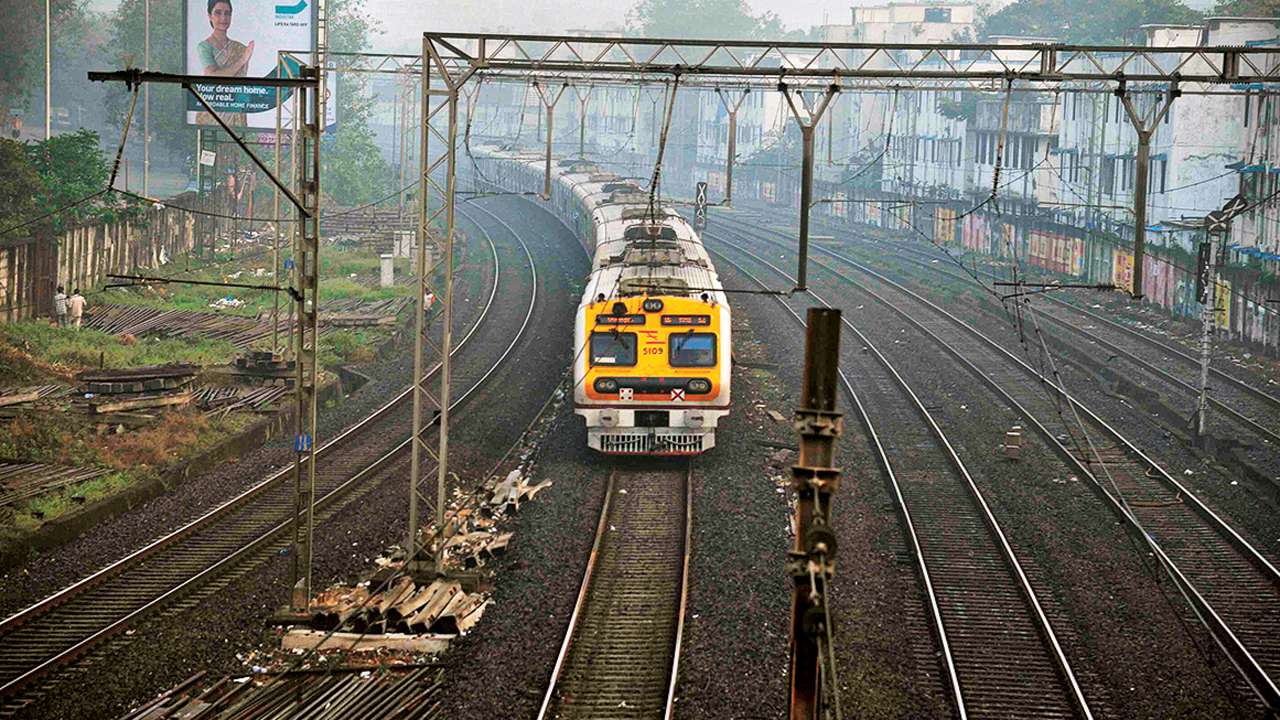
It is easy to bash up government institutions when they do not perform due to reasons that are too well known to enumerate. By the same token, when they perform well, they need to be praised.
The Indian Railways is finally turning the corner. Its last 12 months have been very productive and enviable targets have been met. It has made a surge in profits, ensured better safety standards and enhanced passenger and freight numbers. Any public carrier will want that to happen and the Indian Railways is no exception.
In 2018-19, the railways’ total earnings went up to Rs 1.89,610.6 crore as against Rs 1,78,701.15 crore. A large proportion of this was due to increased revenue from goods, while earnings from passenger traffic rose to Rs 51,000.2 crore from Rs 46,643.14 crore.
In 2018-19, the number of accidents went from 73 to 59 and deaths came down to 37 from 57, as compared to the year ago period. All these are good tidings. But let’s face it. When dealing with hundreds and millions of passengers using the network every day, not everyone can be kept happy.
There is no doubt that while the quality of services — at least in the higher classes — have improved, the same cannot be said about the lower classes, where question marks persist about cleanliness, punctuality, courtesy and inadequate capacities.
The Modi government, which came to power in 2014, had promised a lot for the Railways. It assured a connection from the hinterland to the ports through strategic new rail networks and establish an agri rail network with train wagons designed to cater to the specific needs of perishable agricultural products.
In addition, it promised a tourist and pilgrimage rail, the assurance of inducting state-of-the-art technology and other infrastructural improvements. As can be expected, many of these changes were aspirational in nature, but there are some identifiable improvements in Indian Railways in the five years of the Modi regime.
It laid down new tracks, doubled existing lines, and converted narrow gauge to broad gauge 11.5 per cent faster during the NDA’s initial three-year rule than the Congress-led UPA government. It laid 7,666 km of tracks during 2014-17, which is 794 km more than the UPA’s between 2009-12.
There have been other noticeable improvements like launching three social media platforms, providing a public grievance system to travelling passengers, introducing a modern reservation system and above all, commissioning 2,828 km of broad gauge lines, the highest ever in 2015-16 against an average of 1,528 km between 2009-14, the UPA’s second term.
However, there is also the charge against the NDA government that basic issues in the world’s fourth-largest train carrier network have been ignored for more flashy projects. The schemes introduced under NDA after 2014 are considerable and credit needs to be given where it is due.
The area in which they lack behind is the actual implementation of the schemes. Clearly therefore on the infrastructural front, the Indian Railways need to keep its act going.